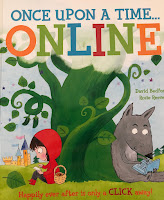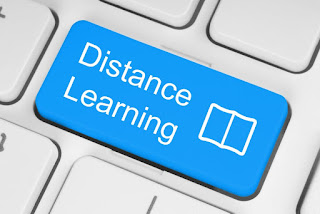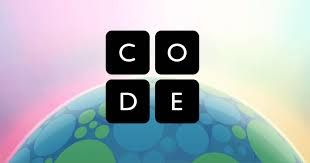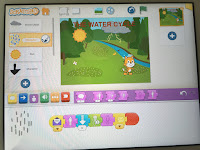Create a Money Counter
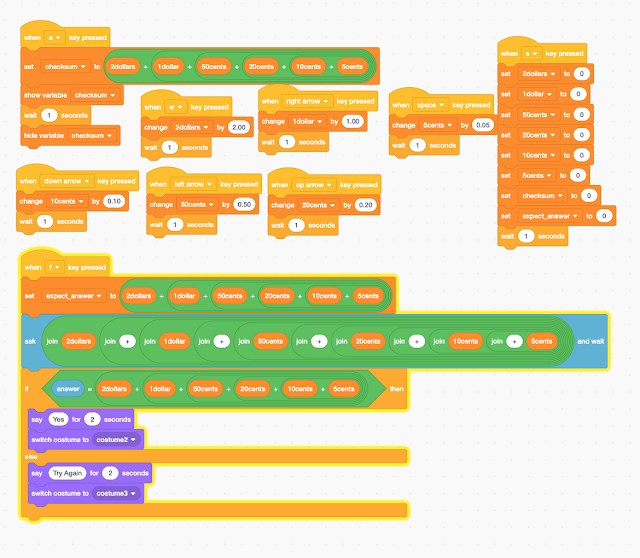
Money is conductive... The purpose of this post is to show how to create a money counter using Scratch and a Makey Makey . What does the code look like? Code for creating a money counter. What are the orange blocks? The Orange blocks are variables. When you have a value that you want the computer to store you create a variable. In this program there is one variable for each coin, one for calculating the total "checksum" and one to prompt the user for the answer. What does the stage look like? Students need a way to track how many times they have counted a coin. To do this you can display the variables on the Scratch stage. This gives a visual tally of each coin. The checksum total is hidden by default but can be displayed for 1 second to check the total by pressing the "a" key. When a user presses the "f" key the user is prompted to add the visible coin totals and enter the total it in 0.00 format. Scratchie the cat will announce if th...
